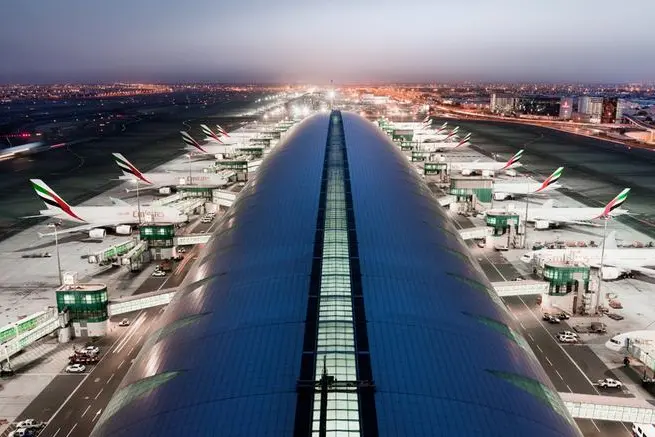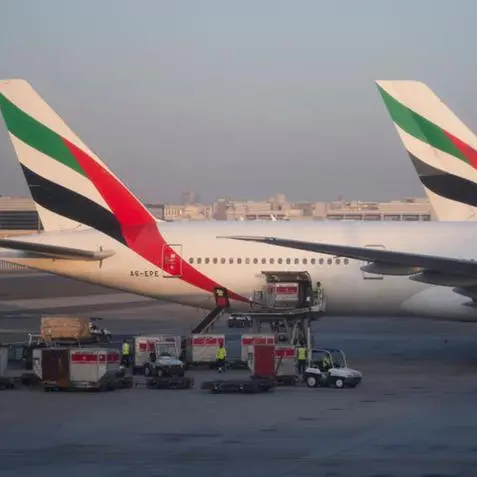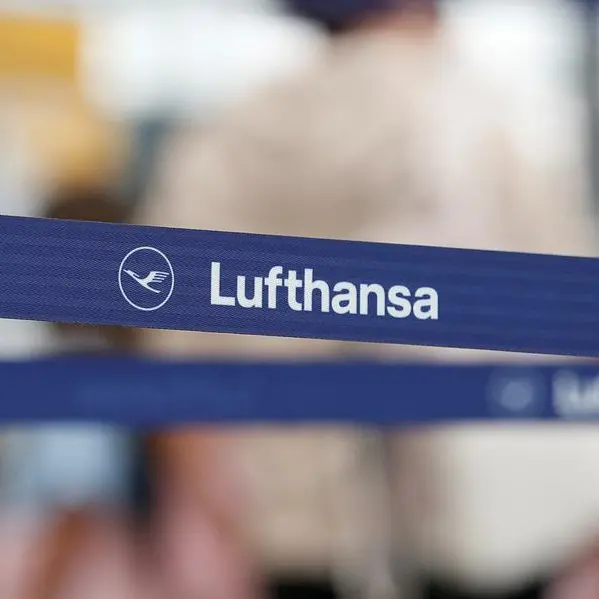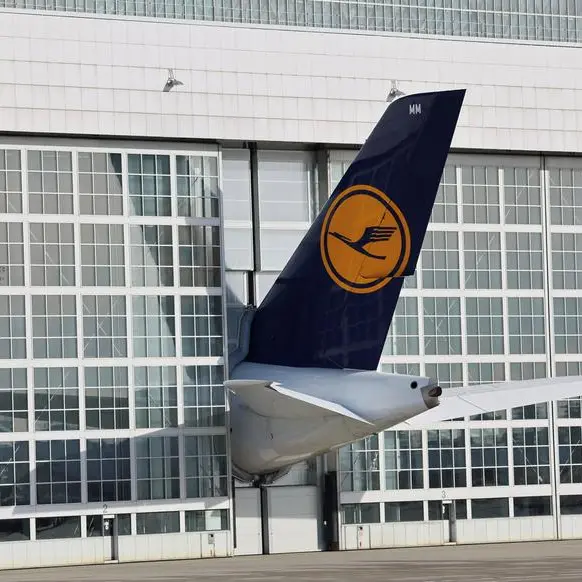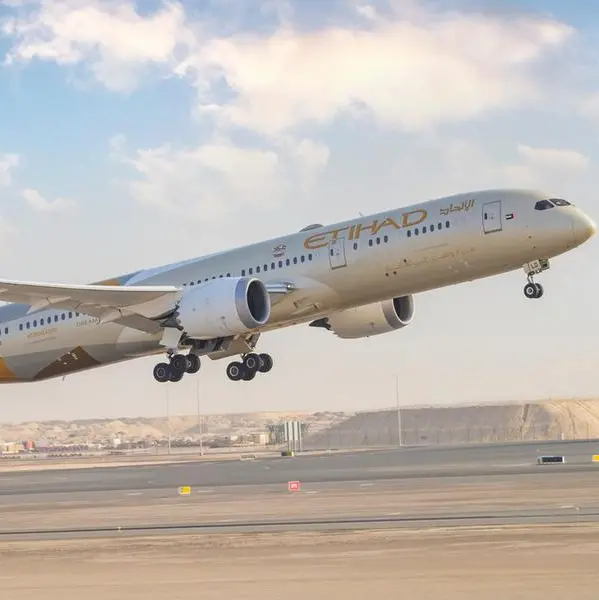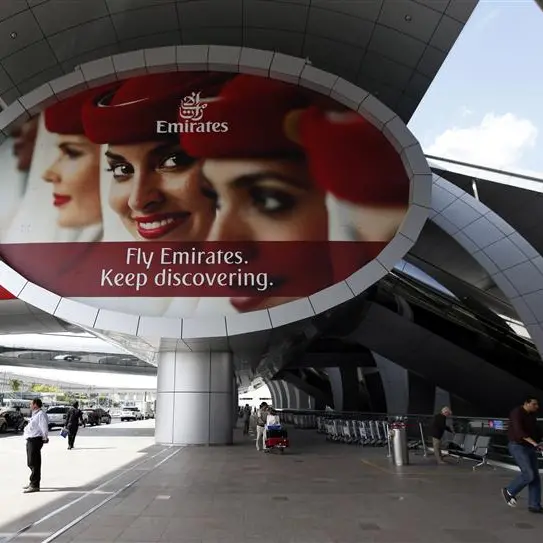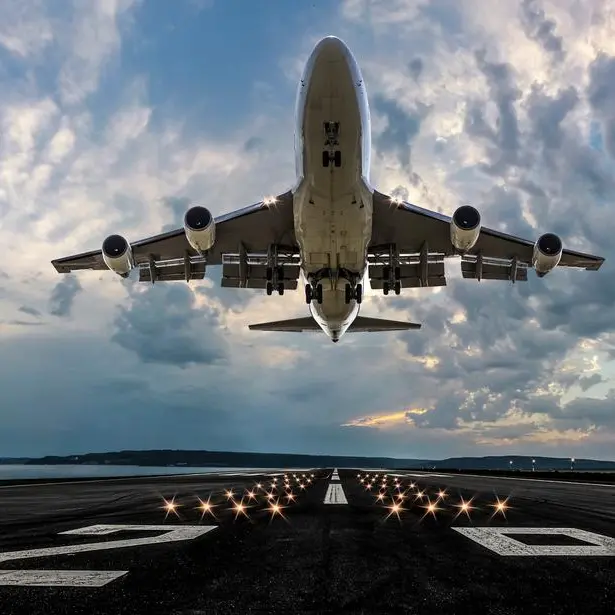PHOTO
Dubai Airport, the world’s busiest international airport, is right on track to sustain its number one position as it registered its busiest first quarter in 2022 since 2020.
Jamal Al Hai, the deputy CEO of Dubai Airports, said Dubai Airport’s remarkable performance by recording 29.1 million passengers in 2021 is the result of the successful handling of the pandemic crisis.
“What you see in Dubai today is the outcome of a flawless response to the pandemic achieved through a balance between protecting the health and wellbeing of the people while minimising the impact on business and economy,” he said.
Al Hai was delivering the welcome address at the Airport Innovation & Development Conference at Gulf Airport Leaders’ Forum (GALF) held during the 21st edition of the Airport Show in Dubai.
The 21st edition of the annual Airport Show hosted by Dubai, the world’s largest annual airport event, was opened by Sheikh Ahmed bin Saeed Al Maktoum, President of the Dubai Civil Aviation Authority, Chairman of Dubai Airports, and Chairman and Chief Executive of Emirates Airline and Group.
The 9th edition of GALF opened in Dubai along with the 21st edition of the Airport Show with a call to adopt new technologies that can help airlines plan more efficient routes and work with other stakeholders to help reduce the overall carbon footprint.
Ibrahim Ahli, deputy CEO of Dubai Air Navigation Services (dans), who delivered the welcome address at GALF, said Dubai is galloping in all economic and social sectors, attracting businesses, talents, investors, and tourists in hordes.
“Dubai is fast becoming the Future City of the world driven by the highest embracing of technology, relaxed regulations and reforms. All this will result in increased traffic and it underscores the need for enhancing safety, capacity and efficiency of the airspace of Dubai, where dans plays a crucial role.”
His speech was read out by Khalid Aljabir, senior vice president – Operations of dans.
“We have proved our mettle when dans efficiently managed more than 1,338 aircraft movements daily through Dubai airports, before the Covid-19 pandemic period. dans manages the air traffic through Dubai International which ranks first in the world for international passengers since 2014 and it had handled about 1.115 billion passengers on more than 7.47 million flights since the airport started operating in 1960,” he said.
He said the aviation sector is the engine of growth for the UAE’s economy and its fastest recovery. “The track record of dans is commendable as the most efficient air traffic service provider in the region. It has implemented the region’s first procedures for Enhanced Wake Turbulence Separation (eWTS) Minima within the controlled zone.”
The Dubai RECAT-Enhanced Wake Turbulence Separation is part of the vision to make Dubai the airport for the world, enhance its airspace and the efficiency of airports along with the profitability of carriers.
Mohammed Faisal al Dossari, senior director, Air Navigation and Aerodromes Department, the UAE General Civil Aviation Authority (GCAA), said that post-Covid the industry must work across all aspects of aviation to standardize regulations and spur growth.
The UAE is expected to come out with draft regulations on Veriport in the first quarter of 2023 and publish them in the fourth quarter of 2023 to be implemented in the first quarter of 2024.
Al Dossari said the number of GCAA registered commercial drone organisations is increasing. Up to 2022, we have registered 20,000 private drone users, and registered 870 commercial drones, and 181 commercial drone organisations to operate drones.
Future developments include Unmanned Traffic Management, Scheduled UA operations, Night Operations, Multiple Unmanned Aircraft Operations, Autonomous Unmanned Aircraft Operations, Urban Air Mobility, Unmanned Aircraft Delivery, High-Speed Unmanned Aircraft, and High Altitude Unmanned Aircraft.
Yahya Abdalla Al Hammadi, CEO, Global Air Navigation Services (GANS), in his keynote address ‘Disrupting ATM to support the recovery of the industry’ said Air Traffic Control can play a huge role in reducing carbon emissions by adopting new technologies that can help airlines plan more efficient routes and work with other stakeholders to help reduce the overall carbon footprint.
Copyright © 2022 Khaleej Times. All Rights Reserved. Provided by SyndiGate Media Inc. (Syndigate.info).
